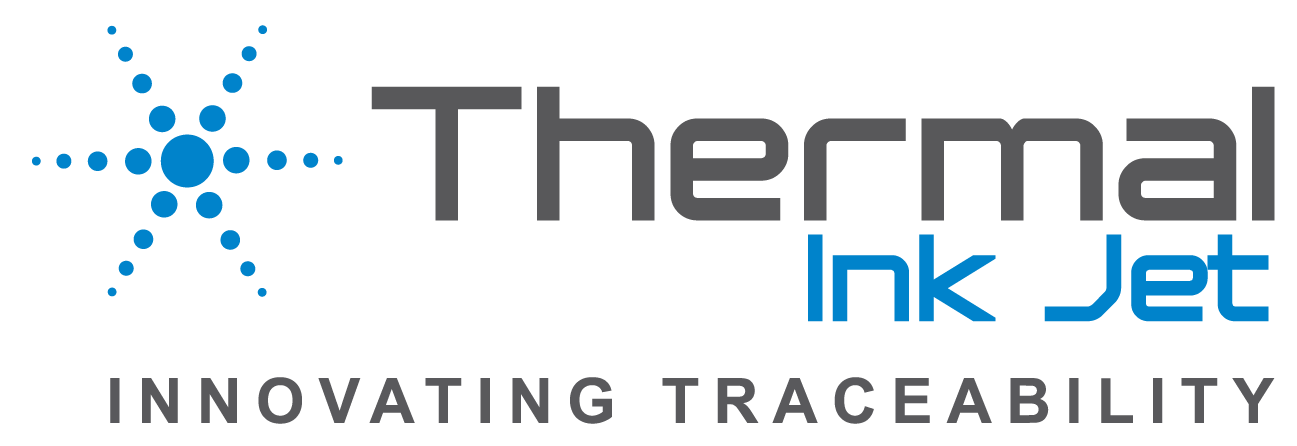Introduction
The rapid advancement of technology has led to a surge in electronic waste (e-waste), creating environmental concerns and sustainability challenges. With millions of discarded devices each year, traceability solutions are becoming essential to track electronic components, enable recycling, and support a circular economy. By leveraging smart tracking systems, digital product passports, and regulatory compliance frameworks, companies can reduce e-waste and promote sustainability.
In this blog, we’ll explore how traceability is transforming the electronics industry and helping companies embrace circular economy practices.
 Key Points:
Key Points:
- The Challenge of E-Waste and How Traceability Can Help
E-waste is one of the fastest-growing waste streams, with millions of tons of discarded electronics ending up in landfills annually. Challenges include:
- Short product lifecycles, leading to frequent device disposal.
- Lack of proper recycling infrastructure, causing environmental harm.
- Limited traceability, making it difficult to track component reuse potential.
💡 Solution:
📌 Smart traceability systems can track each component’s lifecycle, ensuring responsible disposal and recycling.
- Tracking Electronic Components for Recycling and Reuse
Traceability solutions identify and document reusable parts in electronics, reducing waste and optimizing resources.
🔹 Key Technologies Enabling Component Tracking:
✅ QR codes & RFID chips – Label individual components for identification.
✅ Blockchain & AI-powered databases – Maintain tamper-proof tracking of components and materials.
✅ Digital product passports – Provide real-time data on recyclability and material sourcing.
✅ Example: A circular economy smartphone brand tracks used devices and reuses functional parts in new models.
 Regulations Driving Sustainability in the Electronics Sector
Regulations Driving Sustainability in the Electronics Sector
Governments worldwide are enforcing strict e-waste management laws, requiring manufacturers to adopt traceability measures for compliance.
📜 Key Regulations:
✔️ EU’s Right to Repair Directive – Mandates transparency in electronic component sourcing and encourages repairability.
✔️ WEEE (Waste Electrical and Electronic Equipment) Directive – Requires manufacturers to recycle and dispose of e-waste responsibly.
✔️ Extended Producer Responsibility (EPR) Programs – Holds brands accountable for the lifecycle of electronic products.
✅ Example: Apple’s trade-in and refurbishment programs comply with these regulations, promoting device longevity and sustainability.
- Case Studies of Brands Adopting Circular Economy Practices
📌 Dell’s Closed-Loop Recycling Program:
✅ Tracks recycled plastics to manufacture new laptops.
✅ Reduces carbon footprint and minimizes raw material dependency.
📌 Fairphone – The Modular, Sustainable Smartphone Brand:
✅ Uses traceability technology to ensure ethical sourcing of raw materials.
✅ Allows users to replace and repair components instead of discarding the entire device.
📌 Sony & Panasonic’s E-Waste Initiatives:
✅ Implement traceability-based recycling programs for used gadgets.
✅ Improve supply chain transparency to track end-of-life components.

Conclusion
Traceability in electronics is not just about tracking components—it is about reducing waste, extending product lifecycles, and ensuring compliance with sustainability laws. By implementing smart tracking solutions, brands can play a significant role in the circular economy, reduce e-waste, and build environmentally responsible supply chains.
📢 Future Outlook: With AI-driven analytics, blockchain, and IoT, the electronics industry is moving toward a fully transparent and sustainable future.

